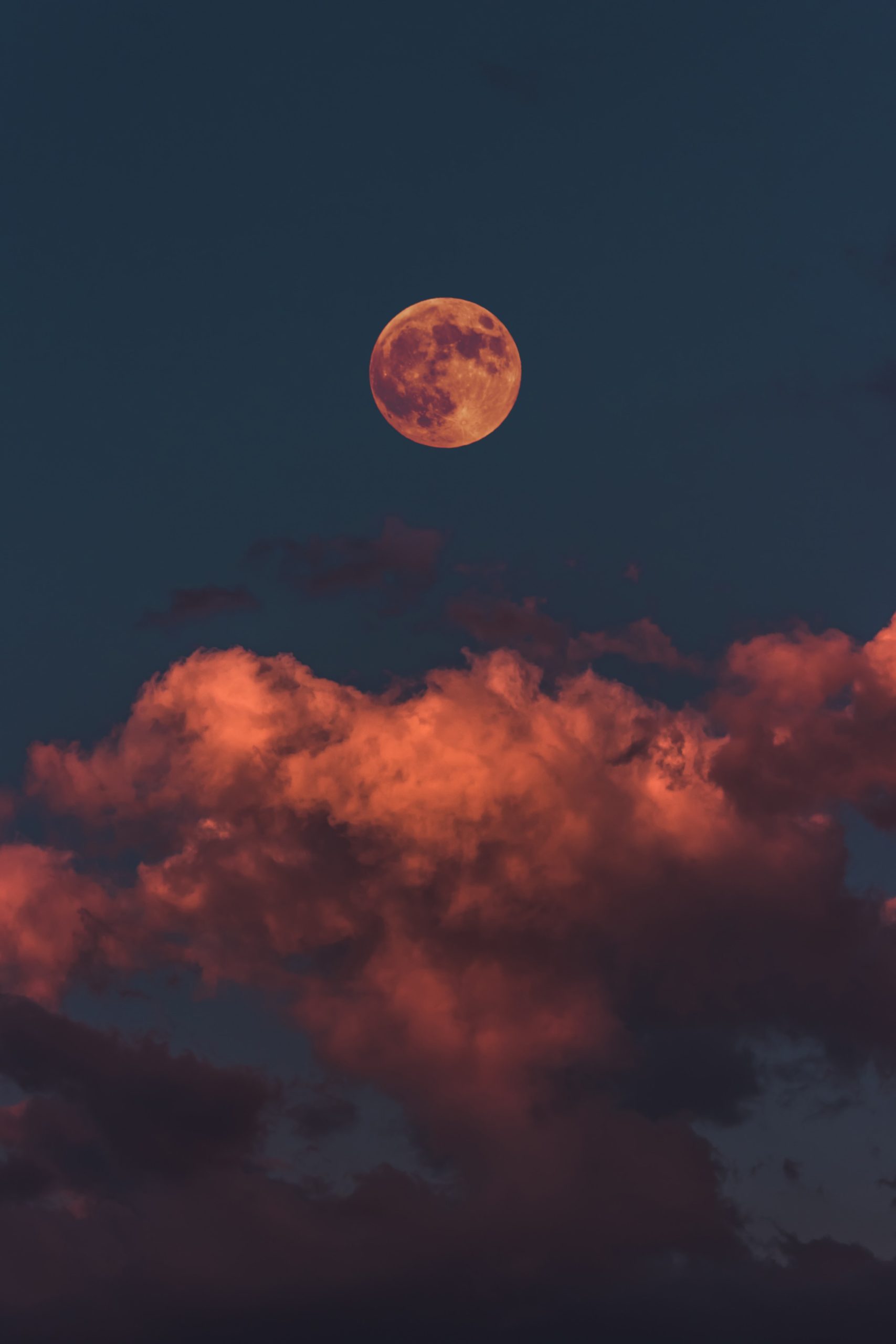The Moon and Tides in New Zealand: Understanding the Connection
When it comes to the natural wonders of New Zealand, it’s hard to ignore the captivating beauty of its coastal areas. The ebb and flow of the tides on the country’s shores add a rhythmic touch to the landscape, influencing not only the aesthetics but also the ecosystems and activities of the area. Have you ever wondered what causes these tides and how they are connected to the moon? In this blog post, we will explore the intricate relationship between the moon and tides in New Zealand.
What are Tides?
Tides refer to the rising and falling of sea levels caused by the gravitational pull of celestial bodies, primarily the moon and the sun. While the sun also plays a role in tidal movements, the moon has the strongest influence due to its closer proximity to Earth. The gravitational attraction between the moon and Earth, along with the Earth’s rotation, results in the predictable rise and fall of oceanic waters.
The Moon’s Role in Tidal Formation
The moon’s gravitational pull creates two tidal bulges on Earth. As the Earth rotates on its axis, these bulges move across the planet’s surface, causing high and low tides. When the tidal bulge faces the Moon, it forms a high tide, whereas the areas between the bulges experience low tide. This phenomenon occurs because the gravitational force between the moon and Earth varies, causing water to be pulled towards the moon more strongly in some areas and less strongly in others.
When the moon is directly overhead or on the opposite side of the Earth, we experience high tides, known as spring tides. Conversely, when the moon is in its first or third quarter, forming a right angle with the Earth and the Sun, the gravitational forces counteract, resulting in lower tides, known as neap tides.
Tidal Patterns in New Zealand
New Zealand’s unique geographic location and varying coastlines contribute to diverse tidal patterns around the country. Understanding the tides is crucial for various activities, including fishing, boating, and exploring tidal rock pools. In general, New Zealand experiences two high tides and two low tides per day, but the timing and magnitude of these tides differ depending on the region.
One key factor that affects tidal patterns in New Zealand is the coastline shape and the presence of channels, inlets, and estuaries. These geographical features can amplify or dampen the tidal effects, resulting in variations along the coastline.
Tidal Ranges
The tidal range refers to the vertical distance between high and low tides. The range can vary significantly, creating different challenges and opportunities for coastal communities. Some regions in New Zealand experience minimal tidal ranges, often a few centimeters, while others witness significant variations, reaching up to several meters.
The Coromandel Peninsula, located on the North Island’s eastern coast, exemplifies the diverse tidal ranges in New Zealand. In areas like the Firth of Thames, the tidal range is relatively small, promoting calmer waters and making it an ideal spot for water-based activities. However, just a short distance away on the Coromandel’s Pacific Ocean side, you’ll find tidal ranges of up to four meters, creating a more dynamic environment.
Similar variations in tidal ranges can be observed in other coastal regions throughout New Zealand. Understanding these differences is crucial for anyone planning to explore the country’s coasts, ensuring a safer and more enjoyable experience.
The Moon, Tides, and Marine Life
The moon’s influence on tides extends beyond the physical movement of water. The rise and fall of sea levels affect marine ecosystems and play a vital role in the ecology of New Zealand’s coastal areas.
The tide brings in nutrients and oxygen-rich waters that support the growth of various marine organisms. For example, the intertidal zone, which is the area between high and low tides, provides a unique habitat for a wide range of species. Rocky shores, sandy beaches, and shallow estuaries are home to algae, crabs, shellfish, and other creatures adapted to withstand the harsh conditions of this transitional zone.
The tidal cycle also influences the feeding patterns and behaviors of marine animals. Many species, such as seabirds and marine mammals, are highly dependent on the rise and fall of tides for their feeding opportunities. For example, some bird species take advantage of low tides to forage for exposed shellfish and invertebrates.
Tidal Power Potential
Besides the ecological significance, the moon’s relationship with tides has prompted exploration of tidal energy as a renewable power source. New Zealand, with its intricate network of coastlines, possesses significant tidal power potential. Tidal energy harnesses the kinetic energy from the movement of water during tides and converts it into electricity.
Experimentation and research in tidal power generation are ongoing, and New Zealand is at the forefront of this emerging renewable energy sector. The country’s tidal currents and high tidal ranges make it an ideal testing ground for innovative technologies that can harness the power of the moon and tides for sustainable energy production.
Conclusion
The moon and tides are intrinsically connected, shaping the coastlines and ecosystems of New Zealand. Understanding the relationship between the moon and tides is essential for anyone planning coastal activities, ensuring safety and maximizing the experience. Moreover, recognizing the moon’s influence on marine life and its potential as a renewable energy source highlights the far-reaching impact of this celestial body. Next time you find yourself near the coast of New Zealand, take a moment to appreciate the intricacies of the moon and its connection to the mesmerizing tides.
Table of Contents
